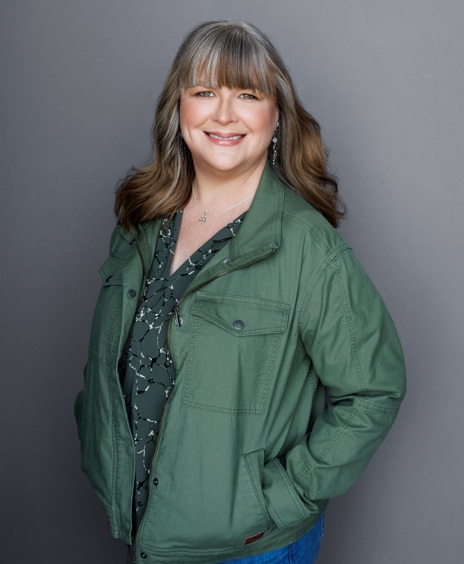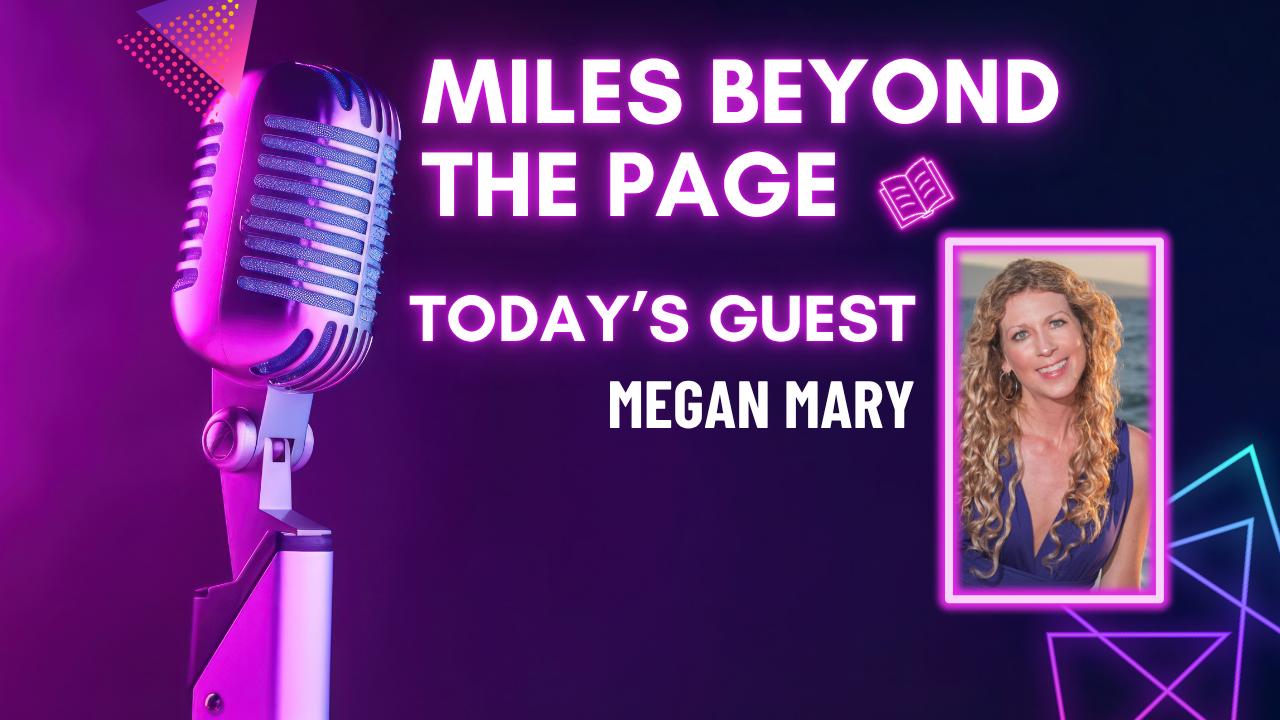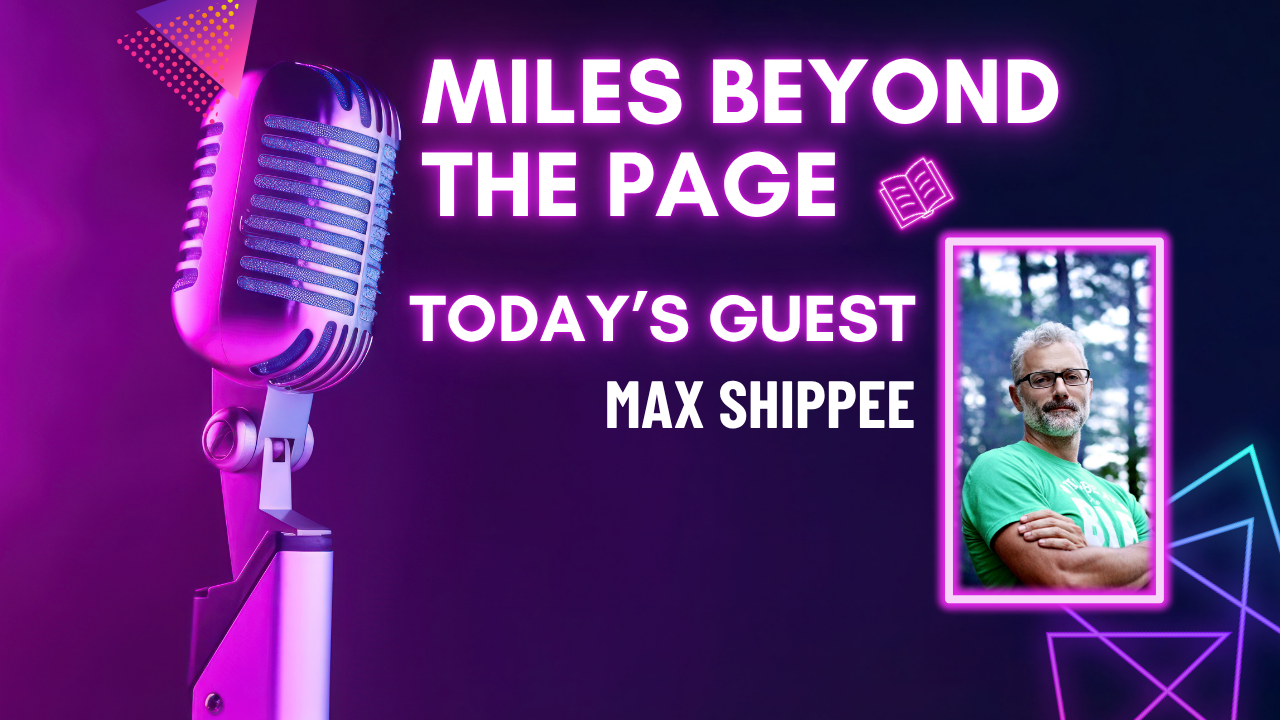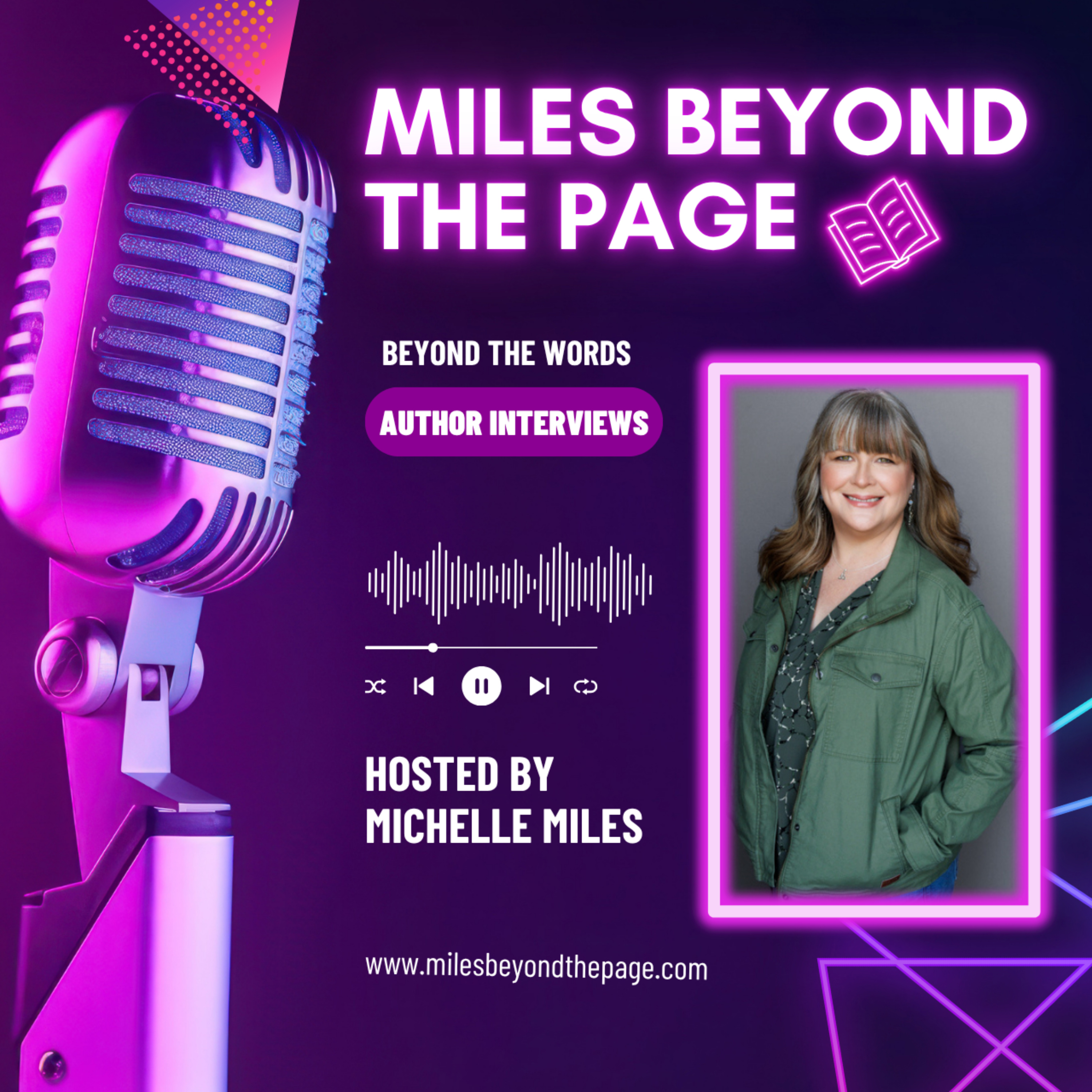Plotting vs. Pantsing: Which Method is Right for You?
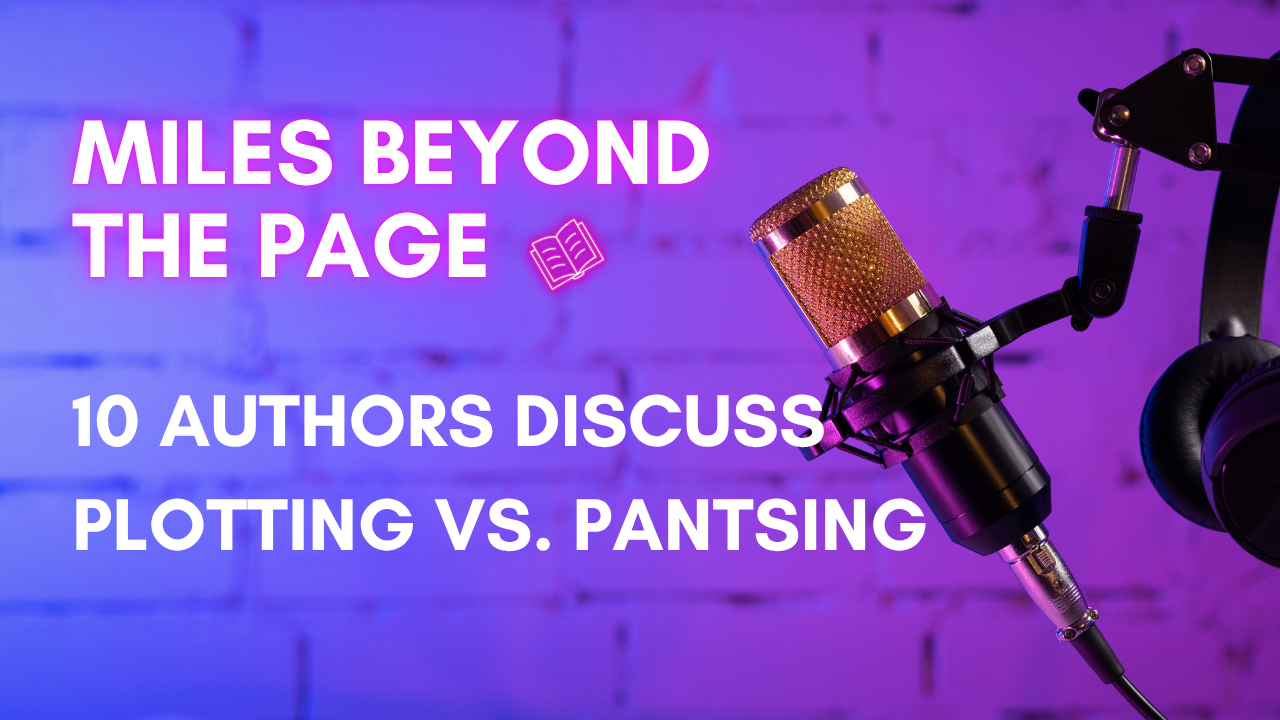
The age-old debate rages on: plotting or pantsing? For writers, this question is more than just a stylistic preference; it's a fundamental choice that shapes the entire writing process. Some swear by meticulous outlines and detailed character arcs, while others embrace the freedom of discovery, letting the story unfold organically. In this post, we'll dive deep into the world of plotting and pantsing, exploring the pros and cons of each method. We'll also share insights from a variety of authors, some of whom firmly identify with one approach, and others who blend the two to create a hybrid style that works for them. By the end, you'll hopefully have a better understanding of which method aligns with your writing style and project needs. This blog post is an extension of our recent podcast episode, "10 Authors Discuss Plotting vs. Pantsing | Writing Process Advice from Bestselling Writers," where we heard directly from bestselling writers about their approaches to planning (or not planning) their novels. We invite you to listen along!
What is Plotting?
Plotting, also known as outlining, is a structured approach to writing where the writer meticulously plans the story before beginning to write the first draft. This involves creating detailed outlines, character profiles, scene breakdowns, and even timelines. Plotters often know the beginning, middle, and end of their story before they type a single word of the actual manuscript. The level of detail in a plot can vary, but the underlying principle remains the same: planning as much as possible to avoid getting lost in the story.
The Pros of Plotting
Plotting offers several key advantages:
- Structure and Direction: Plotting provides a clear roadmap for the writer. With a detailed outline, you always know where you're going and how you're going to get there. This can be particularly helpful for complex plots with multiple characters or subplots.
- Reduced Writer's Block: Having a plan in place can minimize writer's block. When you know what happens next, it's easier to sit down and write. The outline serves as a prompt, guiding you through the story even when inspiration is lacking.
- Efficiency: Plotting can save time in the long run. By addressing potential plot holes and inconsistencies during the planning stage, you can avoid major revisions later on. This is especially beneficial for writers with tight deadlines.
- Confidence: A well-developed plot can give you confidence in your story. Knowing that your narrative is logically sound and has a clear direction can boost your motivation and make the writing process more enjoyable.
- Easier Revision: Because a plotter has already thought out the entire story, revision is often easier and faster. A plotter can look at the outline and see places for improvement and then easily implement those changes within the manuscript.
The Cons of Plotting
Despite its benefits, plotting also has its drawbacks:
- Lack of Spontaneity: The structured nature of plotting can sometimes stifle creativity. Sticking too rigidly to an outline can prevent you from exploring unexpected twists and turns that might enhance the story.
- Tedium: Some writers find the planning process tedious and time-consuming. The detailed work involved in creating an outline can feel like a chore, delaying the actual writing process.
- Inflexibility: A meticulously planned plot can be difficult to change. If you discover a better idea midway through writing, altering the outline can require significant effort and may disrupt the flow of the story.
- Overthinking: Plotters may fall victim to overthinking. Spending too much time planning can lead to analysis paralysis, where you become so focused on perfecting the outline that you never actually start writing.
- Predictability: Sometimes, even to the author, the story becomes predictable. The joy of discovery is gone, which may result in a lower quality story overall.
What is Pantsing?
Pantsing, also known as writing by the seat of your pants, is an unstructured approach to writing where the writer begins with a basic idea and lets the story unfold organically. Pantsers typically don't create detailed outlines or character profiles. Instead, they start with a premise and allow the characters and plot to develop as they write. The emphasis is on spontaneity and discovery.
The Pros of Pantsing
Pantsing offers several appealing advantages:
- Creativity and Discovery: Pantsing allows for maximum creativity and discovery. Without a rigid plan, you're free to explore unexpected paths and let the story surprise you. This can lead to unique and compelling narratives.
- Flexibility: Pantsing provides unparalleled flexibility. You can easily change direction if you discover a better idea or if the characters lead you down an unexpected path. This adaptability can result in a more dynamic and engaging story.
- Excitement: The element of surprise inherent in pantsing can make the writing process more exciting. You're constantly discovering new aspects of the story, which can keep you motivated and engaged.
- Natural Flow: Stories written by pantsers often have a more natural and organic feel. The characters and plot develop in a way that feels authentic and unforced.
- Less Pressure: With pantsing, there is far less pressure to "get it right". The goal is to simply write the story and see where it goes.
The Cons of Pantsing
Pantsing also has its challenges:
- Lack of Direction: The absence of a plan can lead to a lack of direction. You may get lost in the story, unsure of where you're going or how to get there. This can result in a rambling and unfocused narrative.
- Writer's Block: Without an outline to guide you, writer's block can be a frequent problem. Staring at a blank page without a clear idea of what to write can be frustrating and discouraging.
- Inconsistencies and Plot Holes: Pantsing can lead to inconsistencies and plot holes. Without careful planning, it's easy to overlook details or create conflicts that don't make sense.
- Time-Consuming Revisions: Stories written by pantsers often require extensive revisions. Because the plot wasn't planned in advance, you may need to rewrite significant portions of the manuscript to address plot holes or inconsistencies.
- Frustration: The freedom can also be frustrating. Many pantsers don't finish their books, or end up with a draft that needs substantial work.
Insights from 10 Authors: Plotters, Pantsers, and In-Betweeners
In our podcast episode, "10 Authors Discuss Plotting vs. Pantsing | Writing Process Advice from Bestselling Writers," we spoke with ten bestselling and award-winning authors about their approach to plotting and pantsing. Their insights highlight the diverse ways writers approach the writing process.
Author Spotlights: Plotting Perspectives
Some authors swear by plotting, finding that it provides the structure and direction they need to write effectively.
- Adrienne Giordano: A romantic suspense powerhouse, Adrienne emphasizes the importance of knowing the key plot points before she starts writing. Her outlines are detailed roadmaps that keep her on track and ensure a cohesive narrative.
- Amanda Reid: A mystery writer, Amanda relies on detailed character profiles to guide her plotting. She believes that understanding her characters' motivations and backstories is essential for creating a compelling mystery.
- Tracey Devlyn: With a background in romantic suspense and historical intrigue, Tracey meticulously plots her stories with detailed scene outlines and character arcs. This method allows her to craft intricate plots and suspenseful narratives.
Author Spotlights: Pantsing Perspectives
Other authors embrace the freedom of pantsing, preferring to let the story unfold organically as they write.
- L.E. Sterling: A YA sci-fi/fantasy author, L.E. starts with a basic premise and allows the characters and plot to develop as she writes. She enjoys the spontaneity of pantsing and finds that it leads to unexpected twists and turns.
- Harry Turtledove: A legendary alternate history author, Harry begins with a general idea and lets the story guide him. He embraces the unpredictable nature of pantsing, often discovering new plot points and character motivations along the way.
Author Spotlights: Finding a Balance
Many authors find that a hybrid approach, combining elements of both plotting and pantsing, works best for them.
- Jami Gray: An urban fantasy and romantic suspense author, Jami creates a loose outline to guide her writing but allows for flexibility and spontaneity. She finds that this approach provides structure while still allowing for creative exploration.
- Janet Leigh: A time-travel rom-com queen, Janet starts with a basic plot outline but allows herself to deviate from it as needed. She enjoys the balance between planning and discovery, finding that it keeps her engaged and motivated.
- Jeanne Skartsiaris: Writing women's fiction and suspense, Jeanne begins with character sketches and a general plot outline, then allows herself the freedom to discover where the story goes. This method blends structure with organic development.
- Elizabeth Hobbs: With a focus on historical romance, Elizabeth outlines key plot points and character arcs, but leaves room for improvisation during the writing process. This balance ensures a well-structured story with moments of spontaneity.
- Misty Evans: Working in paranormal and espionage thrillers, Misty starts with a basic outline and then lets the characters and plot develop organically as she writes. This hybrid approach allows her to craft complex narratives with unexpected twists.
Which Method is Right for You? Factors to Consider
Choosing between plotting and pantsing is a personal decision that depends on several factors.
Project Type and Scope
The type and scope of your project can influence your choice of method. Complex plots with multiple characters and subplots often benefit from plotting. A detailed outline can help you keep track of all the moving parts and ensure a cohesive narrative. Simpler stories with fewer characters may be better suited to pantsing, where you can explore the story organically without getting bogged down in planning.
Your Writing Style and Personality
Your writing style and personality also play a significant role. If you're a highly organized and detail-oriented person, plotting may be a natural fit. You'll enjoy the structured approach and the sense of control it provides. If you're more spontaneous and creative, pantsing may be a better choice. You'll thrive on the freedom of discovery and the excitement of letting the story unfold organically.
Deadlines and Time Constraints
Deadlines and time constraints can also influence your decision. If you have a tight deadline, plotting can be a more efficient approach. By planning the story in advance, you can minimize revisions and avoid getting stuck. If you have more time to write, pantsing may be a viable option. You can afford to explore different paths and experiment with the story without worrying about running out of time.
Experimentation is Key: Try Both!
The best way to determine which method is right for you is to experiment with both plotting and pantsing. Try writing a short story using each approach and see which one feels more comfortable and productive. You may discover that you prefer one method over the other, or that a hybrid approach works best for you. Don't be afraid to mix and match elements of both plotting and pantsing to create a writing process that suits your unique needs and preferences. The most important thing is to find a method that allows you to write consistently and enjoy the process.
Conclusion: Embracing Your Unique Writing Process
The plotting versus pantsing debate is ultimately about finding the writing process that works best for you. There is no right or wrong answer, and what works for one writer may not work for another. The key is to experiment with different approaches, learn from your experiences, and adapt your process as needed. Whether you're a meticulous plotter, a spontaneous pantser, or somewhere in between, embrace your unique writing style and celebrate the creative journey. Remember to check out our related episode, "10 Authors Discuss Plotting vs. Pantsing | Writing Process Advice from Bestselling Writers," for more insights from bestselling authors. Happy writing!
